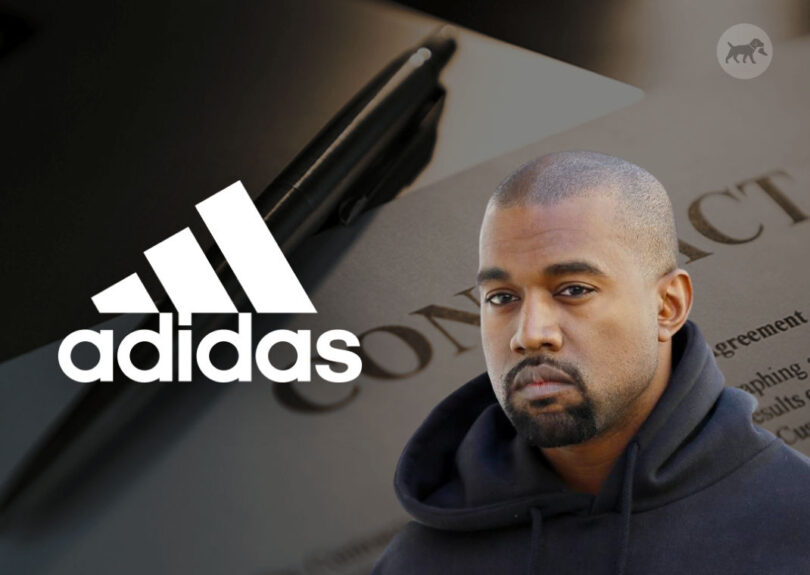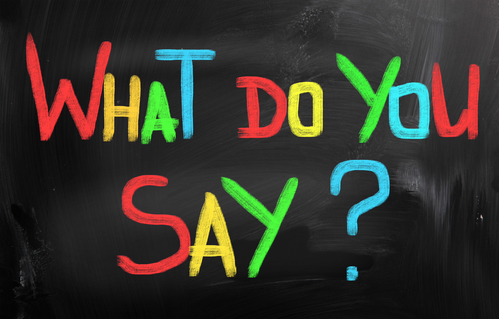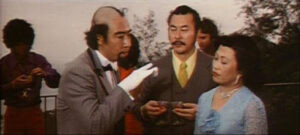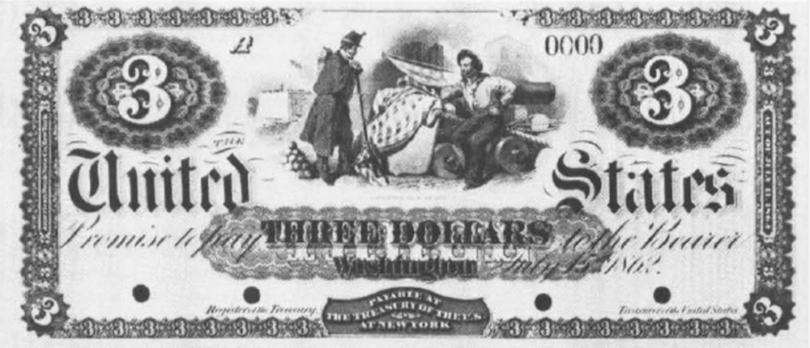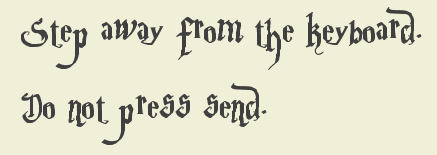I’ve had an itch. There has been so much stuff going on in the world of politics, economics, and everything else, over the last few years – or maybe it’s just become more important to me – that I want to have my say. And hey, I already have this platform, and while this site may have been primarily a mix of published articles and critiques of restaurants and books, why not critique other stuff?
I know, I know. “You’re a chef, stfu about politics, stay in the kitchen and cook.” Yeah, well, you’re an office worker, a landscaper, a police officer, a hairdresser… so stay in your cubicle, garden, squad car, or salon, and stfu yourself. As the saying goes, opinions are like assholes, we all have one (except for the rare individual with imperforate anus or a similar medical condition, but we’re not going there… oops).
So, I’m going to pick topics that strike me as interesting, or get me riled up, or whatever it may be, and write a brief commentary on them. Plus, maybe it will breathe some life into this blog. Maybe I’ll even get a comment (nasty ones with all sorts of curse words or insults will most likely be simply deleted, unless I can find a way to make your life hell by using it in some fashion). So, onto the show….
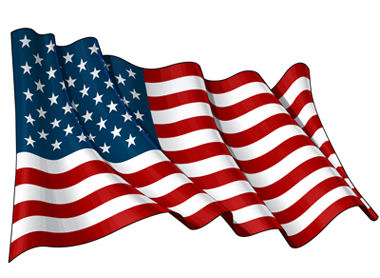
You might have guessed from the title, this is going to be about the whole flag, Pledge of Allegiance, taking a knee controversy.
Personally, I grew up with the Pledge of Allegiance. We recited it daily, standing at attention, hand over the heart, and with gusto. It’s ingrained into me. I see people asking questions on Facebook and Twitter about whether the folk who are so riled up about the whole take-a-knee thing are standing and reciting the pledge when they’re at home watching the game. First off, there’s no requirement to do that, there’s a whole protocol for being in the presence of the flag and all that, but you know what, while I don’t stand at attention, I usually find that I’ve pretty much automatically put my hand over my heart and quietly recited the pledge to myself along with the folk on the screen. It’s so automatic I’d have to truly put a conscious effort into not doing it.
I spent a lot of my earlier years in one form or another of public service. Be it in the Boy Scouts, on into being an Explorer Scout with the Ann Arbor Police Department. Be it in Army ROTC for a year and half until being asked to resign because we were back in the days before Don’t Ask, Don’t Tell. Be it participating in the Michigan State Police summer programs. Be it as an EMT and later a paramedic for the ambulance services in Washtenaw County. Volunteer for the Red Cross, teaching CPR and First Aid. I was interviewed (several times) by the CIA (yes, that one, not the Culinary one) when I was working on my doctorate in psychology, for a profiler position, until I told them I was gay, at which time they offered me a job in the secretarial pool.
One of the things that was always present, and it’s been said more eloquently by many veterans, including some who disagree with the take-a-knee stance, was that part of what we were there to protect was people’s right to dissent, people’s right to free speech, people’s right to protest. That’s part of what America is all about.
And I understand the urge, the need, to protest. I’m not black, never have been, never will be. But I am gay, and I am Jewish, and I have had my share of prejudice to deal with. Setting aside being asked to leave the Army and the CIA, I’ve been fired from two jobs for it. In the restaurant business of all places. Going back to my days as a paramedic, I was stripped of being a supervisor because of it. And actually, before that, I’d worked as a security guard on University of Michigan’s campus, and I was stripped of being a supervisor there for being gay too. I’ve been physically attacked for it at least a dozen times that I can think of. I was refused admittance to Yom Kippur services at a synagogue of which I’d been a member for years, when the board of the synagogue took it into their heads to root out the homosexuals. And when it comes to verbal abuse, both for being gay and for being Jewish, I can’t remotely begin to count the number of incidents I’ve been through in my life.
And so, I’ve participated, mostly in my younger years, in protests and rallies and organizations and what-have-you that were in favor of gay rights, or against antisemitism. I don’t do so much of that anymore because I’m simply tired of having life being about a constant battle. I just don’t have the energy to invest in it, I want my energy invested in things that are positive, and creative, and yeah, I know that may be a cop out, but so be it.
So here’s the thing. I viscerally don’t like what Colin Kaepernick did that launched this whole movement. It’s automatic. I’m one of those people who when someone doesn’t stand during the Pledge, or doesn’t put their hand over their heart, nudges them to do so. But I wouldn’t force them to. I wouldn’t call them names. I wouldn’t demand they be punished. Because I recognize that regardless of my personal feelings about it, they have the right to theirs. I recognize that he, and the other players who have now taken a stand, or a knee, beside him, aren’t “disrespecting the flag”, anymore than any other person who chooses not to recite the Pledge is. They’re not “expressing a political opinion”.
They’re calling attention to the fact that after decades of supposed progress in integration and equal treatment, we just aren’t there yet. Be it in opportunities, compensation, inclusion, oppression, violence, or hey, even joke-telling, it just ain’t equal. As a friend posted earlier today on Facebook, “Thinking NFL players are ‘protesting the flag’ is like thinking Rosa Parks was protesting public transportation.”
I know this from my particular circle in the world, when here we are in 2017 and I have friends and acquaintances, many of them who claim to be bastions of tolerance and liberalism, who think nothing of telling fag jokes, or making comments about Henry’s and my relationship that they’d never make to a straight couple, or making assumptions about our relationship based on our age and cultural/racial differences (the latter brings up a whole other can of worms that has allowed me to see some disturbing racism in friends whom I never wouldathunkit of) or thinking it’s okay to comment on their imagination about what my (or other gay people’s) sex life is all about, or imploring me to “understand” why someone, at random, or an employer, or whomever, has a reaction to my being gay (usually justified by some sort of religious context).
To sum it up, while I personally will probably always stand and recite the Pledge, and the flag is something that holds a place in my heart, that’s emotional. As a thinking person, and as someone who believes in democracy, I will also always respect the right of any of my fellow citizens to not to do so. I may not like it, but I get it. And that’s the key point I want to make. It doesn’t actually matter why Kaepernick, or anyone else, chooses not to recite the Pledge of Allegiance. Even if there were no racism, no oppression, even if it was all, as the saying goes, rainbows and unicorns, for people of color, it’s irrelevant. We live in a democracy and they don’t have to stand or pledge. That’s their right.
And yes, sure, an individual team owner could choose to fire them for it, legally – First Amendment rights don’t apply to employment situations (unless your employer is the government). And I’d support the right of that employer to do so, even if I don’t think they should, morally – the issues are too important in this day and age. And you know what, it’s a minute at the beginning of a football game. Stand, pledge your heart out, let the players (and spectators) who choose not to, have their moment too, and then get on with the game. And then after the game, let’s get to work on the issues they’re protesting so that one day, hopefully soon, no one feels the need to take a knee.





